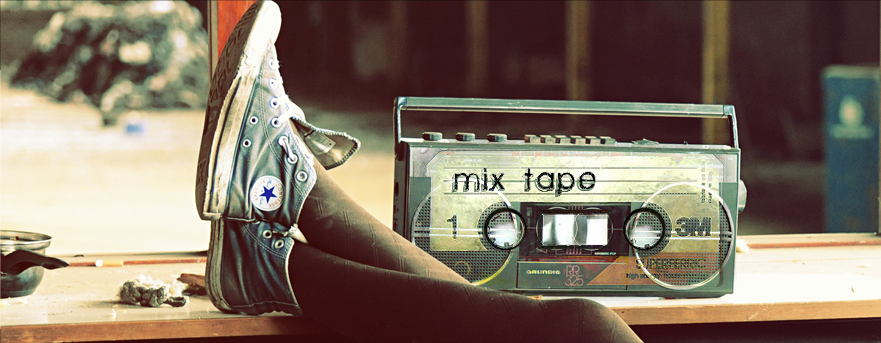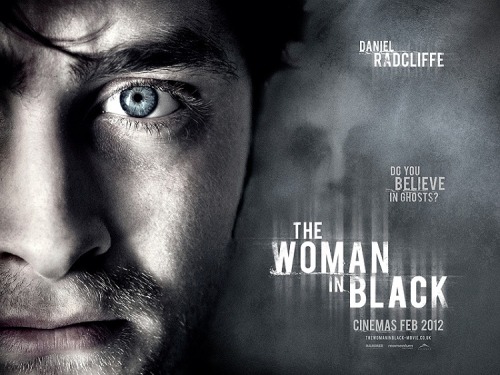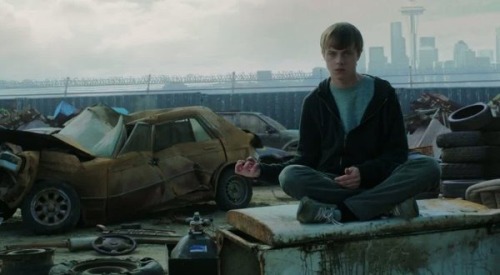By Dorianne Laux
“I couldn’t name it, the sweet
sadness welling up in me for weeks.
So I cleaned, found myself standing
in a room with a rag in my hand,
the birds calling time-to-go, time-to-go.
And like an old woman near the end
of her life I could hear it, the voice
of a man I never loved who pressed
my breasts to his lips and whispered
“My little doves, my white, white lilies.”
I could almost cry when I remember it.
I don’t remember when I began
to call everyone “sweetie,”
as if they were my daughters,
my darlings, my little birds.
I have always loved too much,
or not enough. Last night
I read a poem about God and almost
believed it—God sipping coffee,
smoking cherry tobacco. I’ve arrived
at a time in my life when I could believe
almost anything.
Today, pumping gas into my old car, I stood
hatless in the rain and the whole world
went silent—cars on the wet street
sliding past without sound, the attendant’s
mouth opening and closing on air
as he walked from pump to pump, his footsteps
erased in the rain—nothing
but the tiny numbers in their square windows
rolling by my shoulder, the unstoppable seconds
gliding by as I stood at the Chevron,
balanced evenly on my two feet, a gas nozzle
gripped in my hand, my hair gathering rain.
And I saw it didn’t matter
who had loved me or who I loved. I was alone.
The black oily asphalt, the slick beauty
of the Iranian attendant, the thickening
clouds—nothing was mine. And I understood
finally, after a semester of philosophy,
a thousand books of poetry, after death
and childbirth and the startled cries of men
who called out my name as they entered me,
I finally believed I was alone, felt it
in my actual, visceral heart, heard it echo
like a thin bell. And the sounds
came back, the slish of tires
and footsteps, all the delicate cargo
they carried saying thank you
and yes. So I paid and climbed into my car
as if nothing had happened—
as if everything mattered—What else could I do?
I drove to the grocery store
and bought wheat bread and milk,
a candy bar wrapped in gold foil,
smiled at the teenaged cashier
with the pimpled face and the plastic
name plate pinned above her small breast,
and knew her secret, her sweet fear,
Little bird. Little darling. She handed me
my change, my brown bag, a torn receipt,
pushed the cash drawer in with her hip
and smiled back.”




















